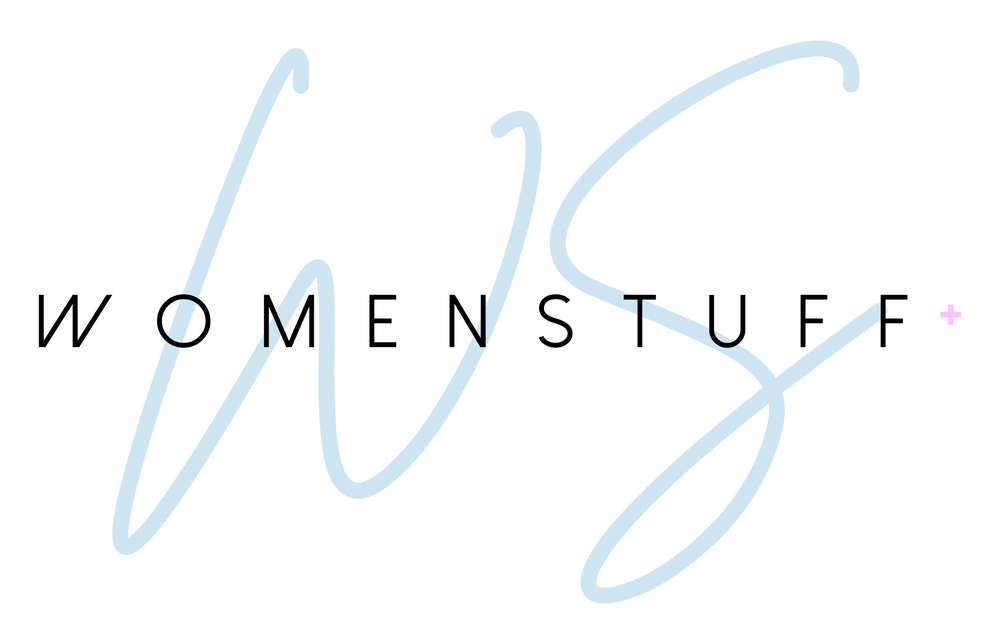5 Tips for Transitioning Baby to a Sippy Cup

Breast or bottle feeding is about more than just nutrition. For you and your baby, feeding times offer an incredible bonding opportunity. Typically, health professionals recommend breastfeeding to be the best nutritional choice for newborns. But, it isn’t always possible for all women. You may have struggled to breastfeed, or simply find bottle feeding to be the right option for you. Whatever the reasons or method, mothers should never feel judged. The most important thing is to find a way to keep your baby fed, that also works for you.
Whether it’s breast or bottle, feeding times provide an opportunity to bond with your baby. During this time, it’s just you and your baby, sharing a moment together. It could be daytime feeds when your baby snuggles up and falls to sleep once he or she has a full tummy. Perhaps a bottle feed provides the opportunity for daddy to give mummy a rest. Or maybe it’s a time when another member of the family gets to share that togetherness. Your baby or toddler associates this precious time with comfort, closeness and will no doubt have formed an attachment to whatever they are used to.

Breaking the comfort ties
For babies, whichever way they’ve been fed is what they will enjoy. Your breastfed baby might look to the breast when they’re feeling anxious, upset, or have been hurt. Similarly, a bottle-fed baby probably won’t show any interest in drinking from anything else. As with everything in parenting though, these milestones arrive and pass in the blink of an eye.
The WHO (World Health Organisation) recommends breastfeeding exclusively for the first six months and continuing along with complementary foods up to 2 years old. You may have breastfed for a shorter or longer time period, however. There is no real right or wrong about when you should wean a baby off the breast. It’s a personal decision.

For bottle-fed babies, the Department of Health suggests that it’s a good idea to introduce a cup from about six months onwards, fully removing all bottles with teats by the age of one. It is believed that prolonged use of a bottle can delay speech development and also damage a toddler’s teeth.
Whichever feeding method your baby is used to though, all babies should be offered water alongside meals. Consequently, the time to introduce a cup comes around before you know it.
For any parent that’s gone through this pain however they will know It can be easier said than done. So, how do you make the often difficult transition from breast or bottle feeding to a sippy cup for your toddler? Here are a few tips on making the transition from the breast or bottle to drinking from a cup.
1. Choose the right cup

When you select your child’s first cup, have a look at the advisable age. Most brands will suggest a recommended age band. Start with a free-flowing cup or open-top cup, or ideally try a range of options. This type of cup avoids sucking, and instead encourages sipping. Sipping is naturally important for the development of muscles used in speech. A sippy cup with handles can also help them to get to grips with the new type of bottle.
2. Be prepared for mess
Open cups or free flow, will leak and spill. This is part of the learning process, teaching your baby how to handle a cup properly. It might take a while for your child to get the hang of it, so only offer small amounts of liquid to begin with.

3. Give them time
If you’re removing the breast or bottle in line with a specific timeframe (e.g. returning to work after maternity leave) then the best approach is to do this gradually. Introduce your baby to a cup about a month or so before you officially begin to wean them off.
It may take a while to find the right cup, or get them to buy into the idea, so giving them plenty of time for trial and error is key to this process. Likewise, unless you have a very good reason to do so, going cold turkey may not be the best idea either. It’s likely to stress them out, upset them, and in the process, you’ll probably cave and revert to the old method.

4. Offer alternative forms of comfort
For a lot of babies, a bottle at bedtime is the ultimate comforter. Try to disconnect a nighttime bottle with sleep by offering milk at a different time of the day. For example, bring storytime forward, offering the bottle during a cuddle on the sofa.
When it comes to self-settling with no bottle, you may need to replace the comforter with something else. Try a teddy or playing some lullabies to start a new routine. Whatever works for you and your baby, it’s important to continue the affection and attention, to maintain the physical closeness that the baby has been used to their whole lives.

5. Tackle it earlier
It is recommended that a baby drinks water alongside meals as they wean onto solid foods. Therefore, around six months is a good time to offer water in a cup. By doing this, a baby will be used to and hopefully happily use the cup already, and so won’t be overly confused when the cup becomes the norm.
Start by offering a drinking cup, this will help a baby transition easily from bottle or breast to sipping from a cup, suitable from 4 months.

At whatever point that you wean your baby off the breast or bottle, it is likely to cause upset. You need to be prepared for this, and empathise with how your child is feeling. The breast or bottle might be all they’ve ever known as part of their routines, and therefore it’s probably going to be hard for them to understand this change. Offer lots of reassurance and extra comfort to help your child get their head around the change.
There’s a chance your baby may refuse to even try a cup and the transition may be a long road. Nonetheless, it is one that has to happen eventually. But, parents can also take comfort in the fact that there is no real rush. Yes, it’s advised to move your child on to a cup between 6 and 12 months, but if it takes longer, it just does. They will eventually get it, and accept the new routine.










